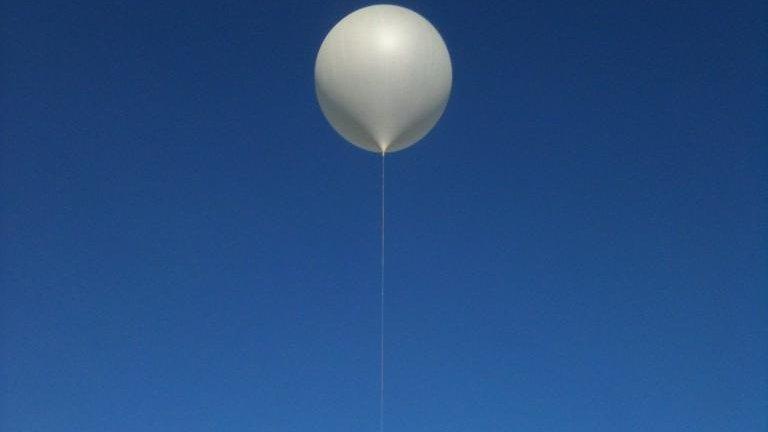Extreme photography revealing the atmosphere's secrets
- Published
High altitude balloons and simple technology probe the atmosphere.
Studying the stratosphere used to be the preserve of expensive missions, but cheap electronics are now allowing amateurs to get involved.
They call it HABing (high altitude ballooning), and it is the most fun you can have with a balloon without leaving the safety of the ground.
And it is why two years after discovering this fast-growing pastime, I found myself bumping along a dirty road in a battered pickup truck with two friends, Andrew Ashe and Jerry Sandys.
A Yagi directional radio aerial was held out of one window and a smartphone out of the other as we chased our lovingly built contraption across the stunning countryside of the east African country of Malawi.
Fill a standard weather balloon with helium, attach a payload with action cameras and tracking electronics - plus a parachute for the descent - and watch it climb into the stratosphere. That, essentially, is amateur high altitude ballooning.
Some are attracted by the technical challenge, but for me it is all about the stunning imagery of our amazing atmosphere, bringing back pictures.
At 30km (18 miles) altitude, over 90% of the atmosphere is below the balloon, nothing but blackness above.
Homebuilt electronics
Anyone who has been on an aircraft with me knows they will never win the fight for a window seat. As a meteorologist and frankly a weather geek, I always grab the chance to get on personal terms with the clouds.
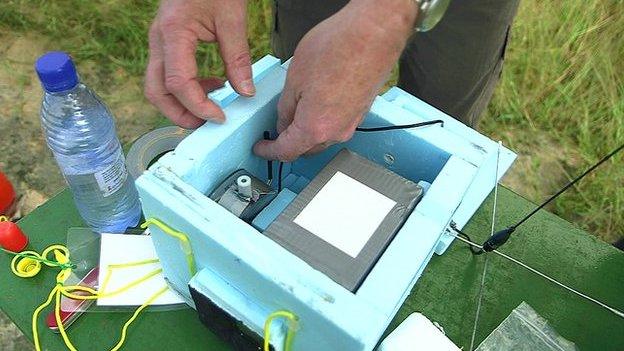
Data on the balloon's speed, position and altitude are fed directly to a receiver on the ground
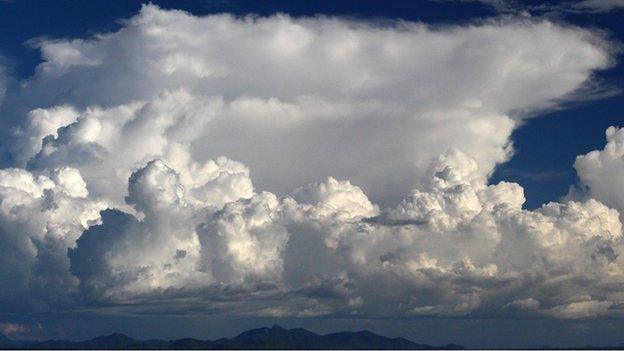
A tropical cumulonimbus cloud can extend from near ground level up to the troposphere-stratosphere boundary
And clouds do not come more impressive than a 10-mile high tropical cumulonimbus, so when Andrew suggested that we mount a HAB expedition to Malawi I immediately agreed.
There then followed many months of planning and testing.
In Malawi you cannot just pop down to the nearest electronics store if something breaks. All the hours spent slaving over a hot soldering iron on the kitchen table are wasted if you do not get the payload back.
So my technically-minded co-balloonists Andrew and Jerry came up with a couple of simple but sophisticated tracking devices by bolting together bits of electronics sourced on the internet.
Both use a GPS receiver chip wired in to a micro-computer to work out the position and speed of the balloon.
One unit sends this back to a ground receiver via radio and also acts as a radio beacon when on the ground. The other tracker uses a nifty low-power device called a Rockblock to fire off the data to an Iridium satellite 500 miles above, onward to a UK server and then to our Malawi smartphone.
The final backup is a message written on the outside of the box: "If you find this, please call… "
Useful results
We do have some rudimentary control over the flight path of the balloon.
Increase the amount of gas and the balloon rises faster and bursts sooner. Less gas and you will go higher but stay in the air for longer and so get carried further by the winds.
Plugging these figures into a trajectory app gives the expected flight path and landing area which can easily be 50-100km away.
But with so many variables you can never be sure where you will end up and that is all part of the fun.
Once, we recovered a payload from the middle of a polo club in Gloucestershire and on another occasion commandeered a fishing boat to go searching in the English Channel after a miscalculation brought the package down a mile offshore.
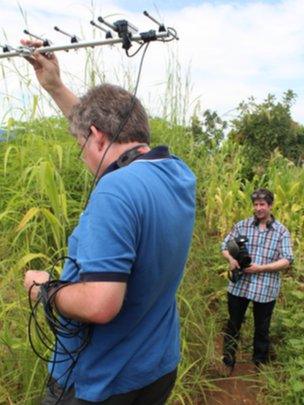
The payload can travel miles from the launch site
We did not recover the payload, but we learnt a lot about the lives of Dungeness fishermen.
The stratosphere lies at an altitude of between roughly 10km and 50km and is one of the least studied parts of our atmosphere, too high for most aircraft to fly and too low for satellites.
Until recently, it was only expensive missions with huge balloons like the one used by Felix Baumgartner in his record-breaking parachute jump that were able to collect scientific data, but thanks to cheap electronics there is now enough capacity in amateur payloads to bring back useful results.
A group of high school students in California have even sent up bacteria to see how they cope with conditions similar to those on Mars.
We flew a Geiger counter package in Malawi for a professor at the University of Reading who is studying the influence on clouds of charged particles arriving from space.
The GPS record of the track of the balloon was used to derive wind speed and direction to check the accuracy of weather forecast models. We sent this data to a research scientist at Copenhagen University.
Malawi was an amazing experience - the scenery, the culture, the friendly and welcoming nature of the people. But what I take away from all our flights is a sense of the beauty and fragility of that thin layer of gas that surrounds our planet.
If you are tempted to try this combination of high tech treasure hunt and extreme photography it is important to know that the release of weather balloons is governed by aviation regulations. UK residents will find some handy guidance here., external
Watch more clips on the Click website. If you are in the UK you can watch the whole programme on BBC iPlayer.
- Published15 May 2014
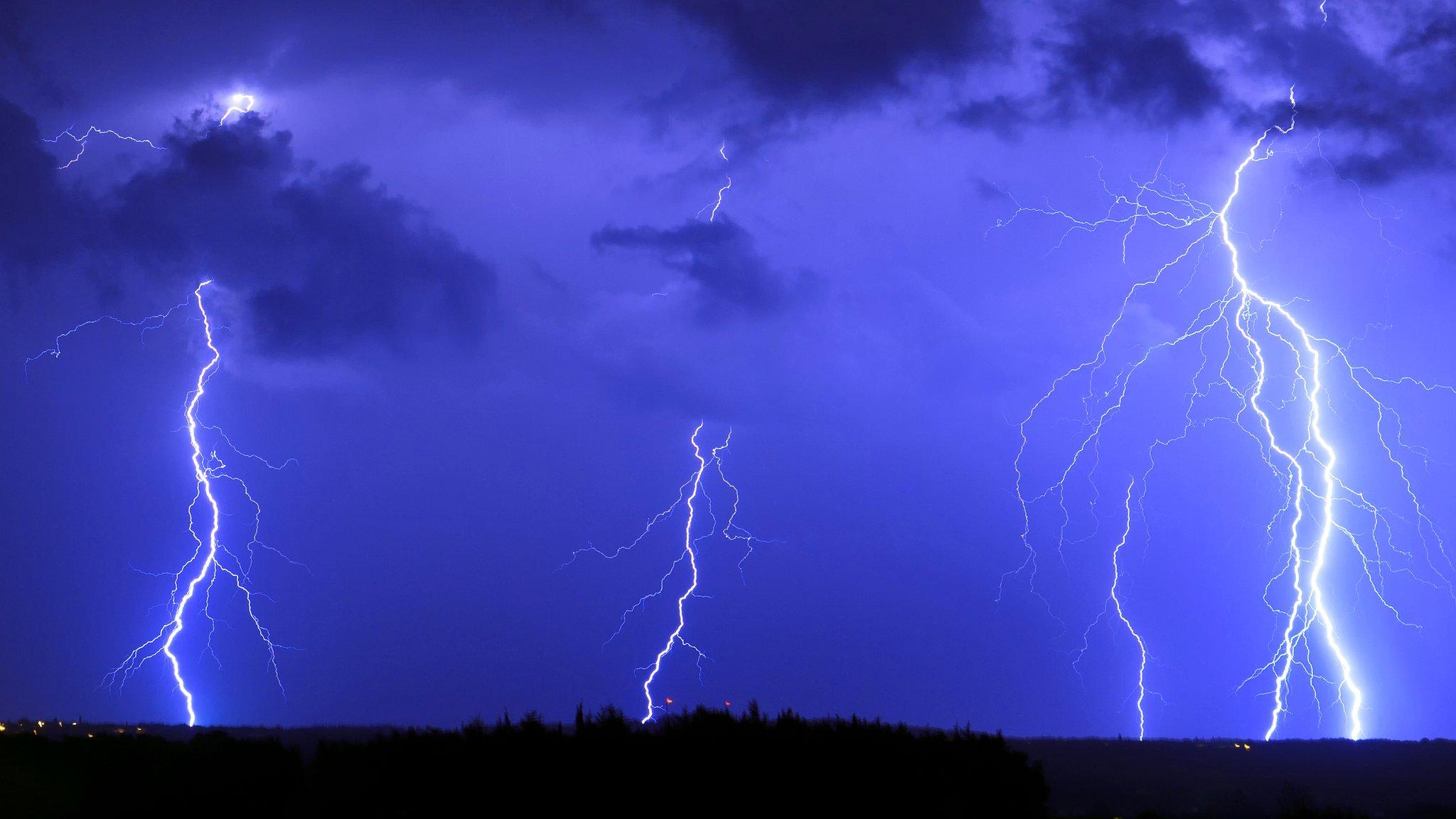
- Published5 February 2013
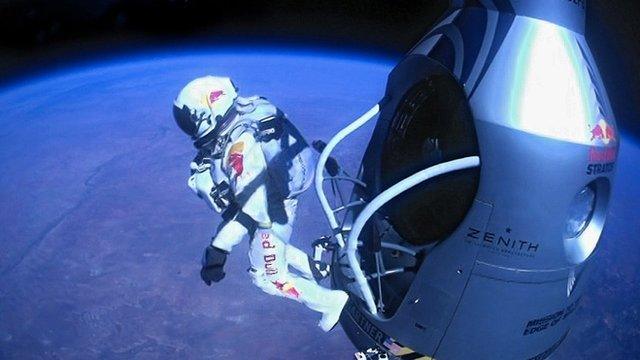
- Published9 April 2014
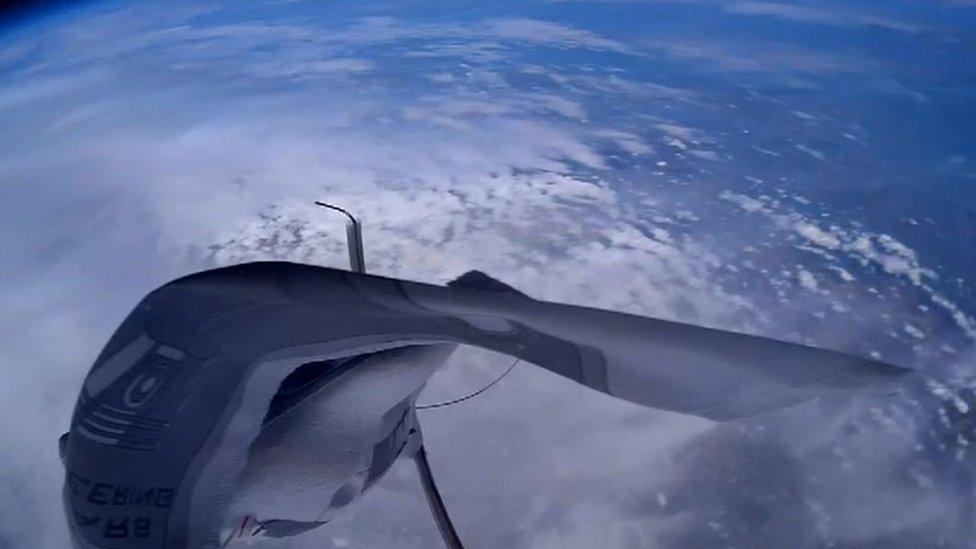
- Published9 January 2013
